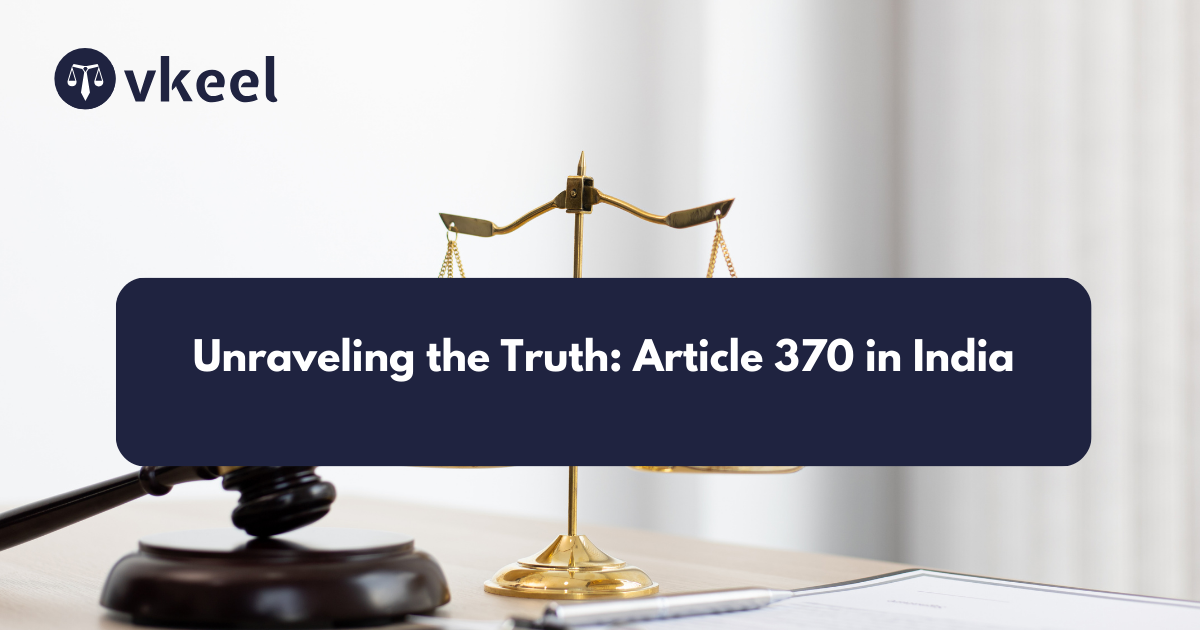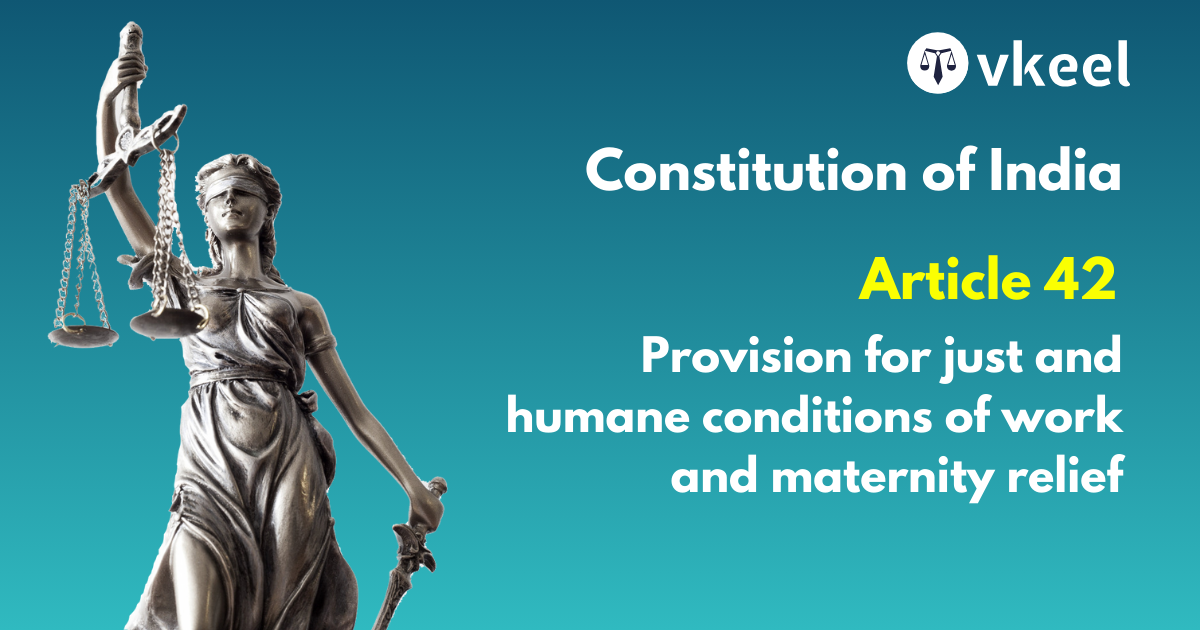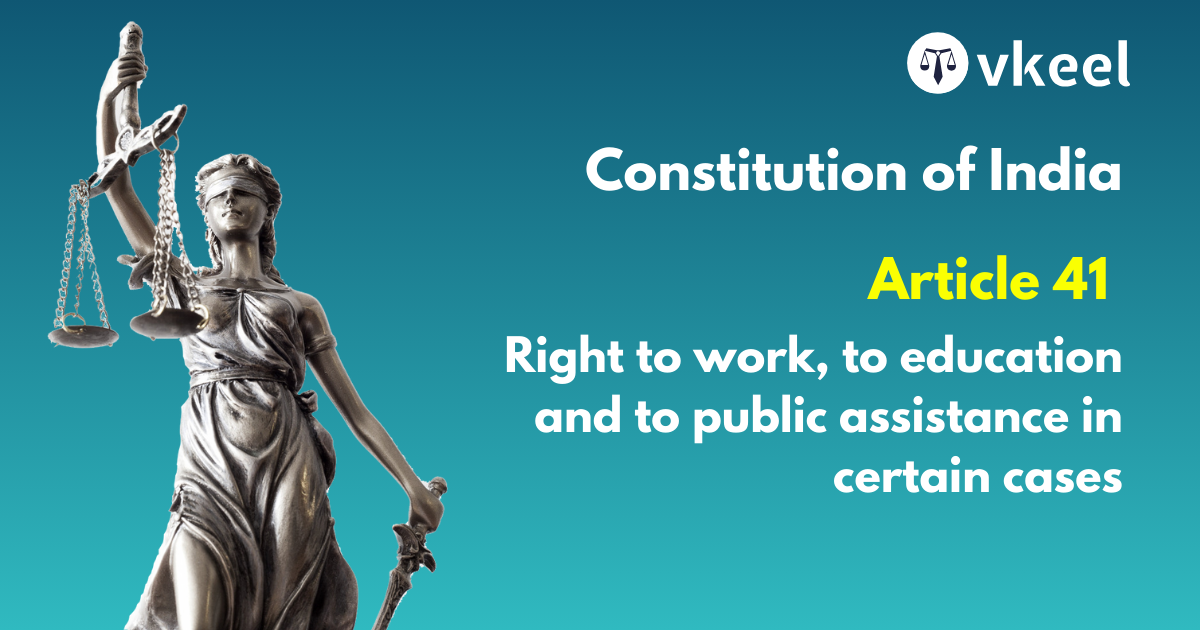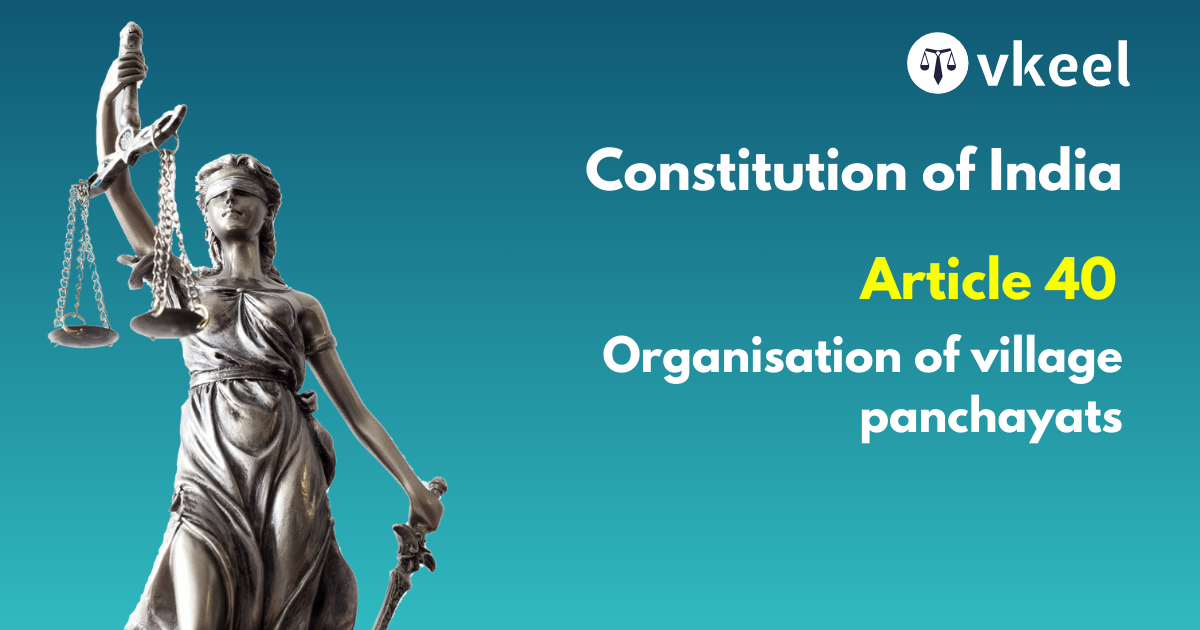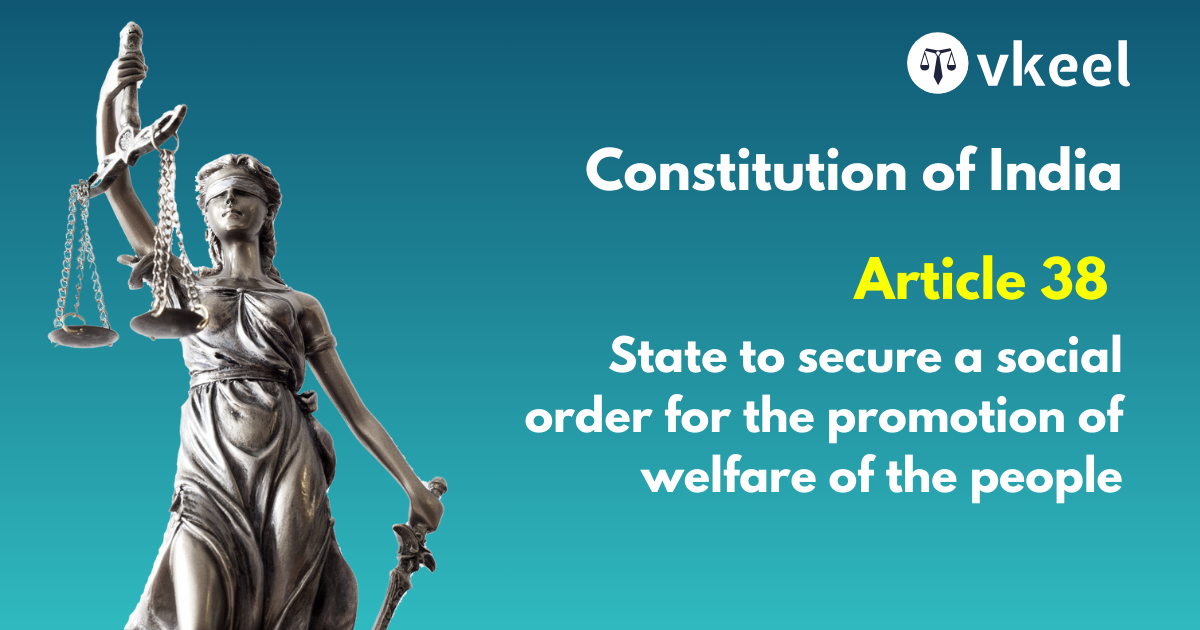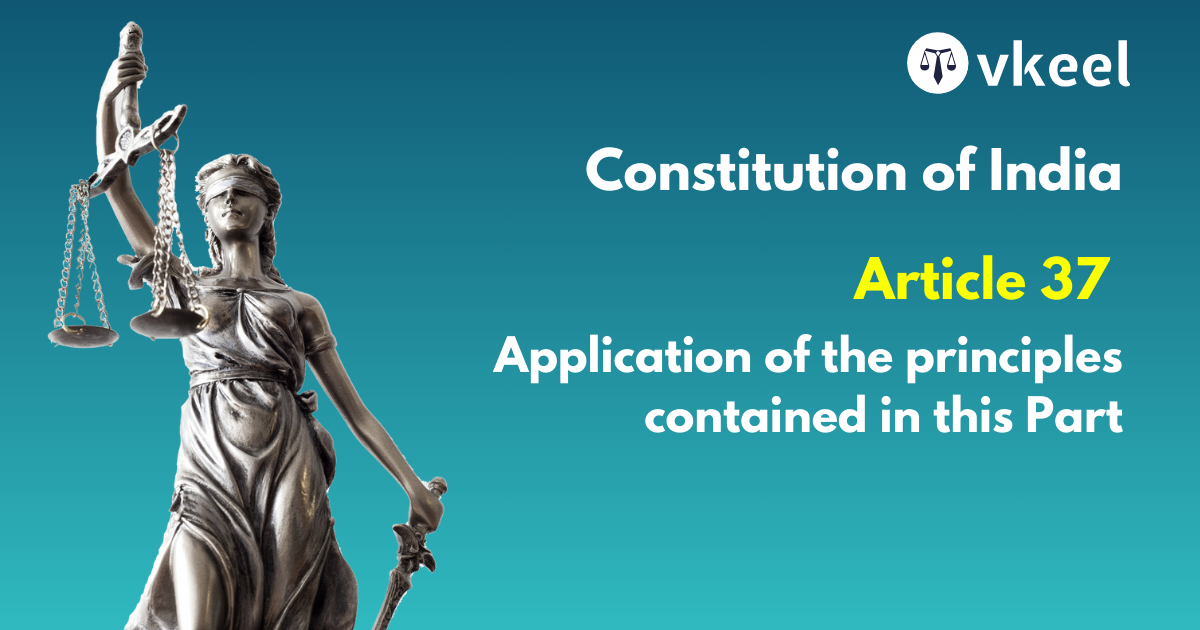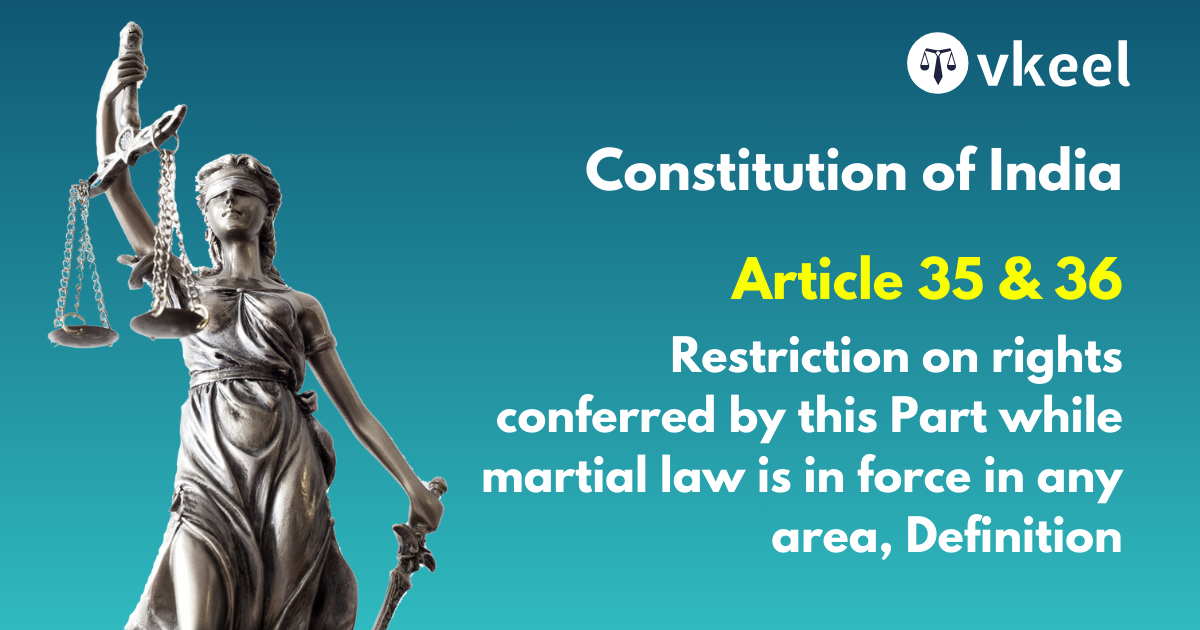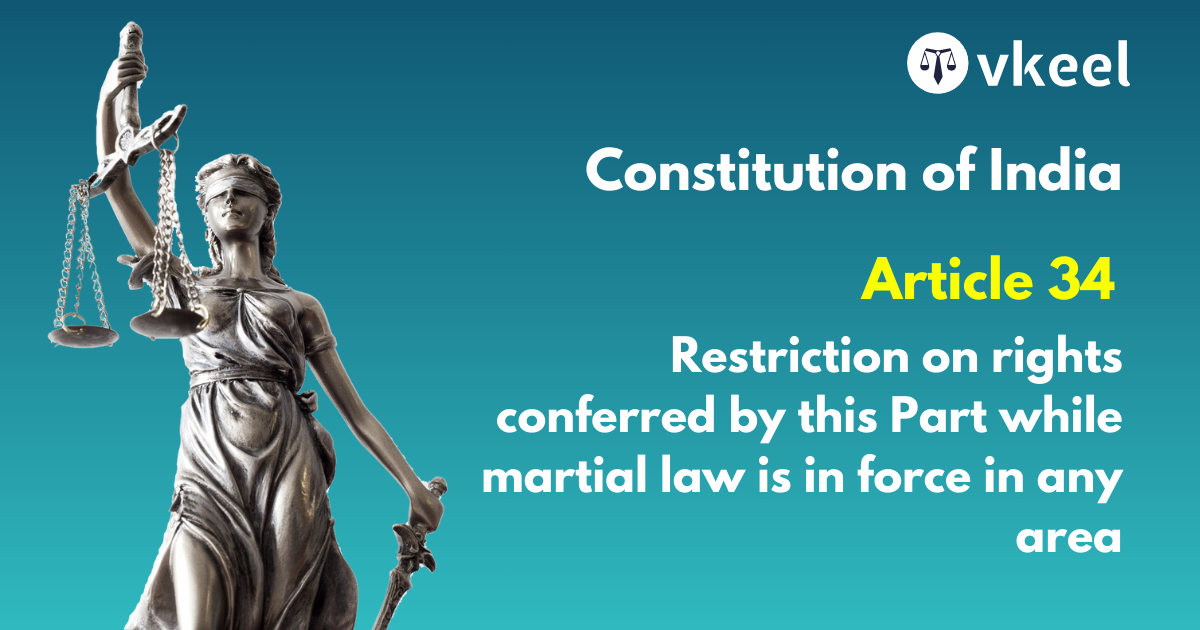Unraveling the Truth: Article 370 in India
By Himanshu Kumar
Table of Contents
Introduction
Article 370 of the Indian Constitution has been one of the most debated and controversial provisions in the country’s legal and political history. This article conferred special status on the erstwhile state of Jammu and Kashmir, allowing it a degree of autonomy not granted to other Indian states. The abrogation of Article 370 on August 5, 2019, marked a significant turning point in India’s constitutional history.
The primary reason for the inclusion of Article 370 in the Indian Constitution was to recognize and accommodate the unique circumstances under which the state of Jammu and Kashmir acceded to India. When Maharaja Hari Singh signed the Instrument of Accession in 1947, he did so under the condition that Jammu and Kashmir would retain a significant degree of autonomy, particularly in internal matters. This was partly due to the ongoing conflict and political sensitivities surrounding the region at the time, including the state’s distinct demographic composition, the ongoing war with Pakistan, and the desire of many Kashmiris for self-governance. Article 370 was intended to serve as a temporary provision, allowing the state to retain its own Constitution and limiting the application of Indian laws to the state, except in matters of defense, external affairs, and communications.
Additionally, Article 370 was meant to be a transitional arrangement, reflecting the understanding that Jammu and Kashmir’s relationship with the Union of India would evolve over time. The article allowed for the gradual extension of the Indian Constitution’s provisions to the state through Presidential Orders, with the concurrence of the state’s Constituent Assembly or government. This flexibility was intended to balance the integration of Jammu and Kashmir with India while respecting the unique historical, political, and cultural context of the region. However, the article’s temporary nature became a point of contention, as it was neither abrogated nor made permanent, leading to decades of legal and political debate until its abrogation in 2019.
Historical Background
Article 370 was introduced into the Indian Constitution as a temporary provision. Its origin can be traced back to the Instrument of Accession, which was signed by Maharaja Hari Singh, the then ruler of Jammu and Kashmir, on October 26, 1947. The Instrument of Accession was a legal document executed by Maharaja Hari Singh, which outlined the terms under which Jammu and Kashmir would accede to India. This instrument gave India control over defense, external affairs, and communications, while other matters were left to the state’s own legislature.
Article 370 was intended to reflect the special conditions under which Jammu and Kashmir had joined India, recognizing the region’s unique political and historical context. The article was drafted under Part XXI of the Constitution, which deals with “Temporary, Transitional and Special Provisions.”
Constitutional Provisions of Article 370
Article 370 conferred special autonomy to Jammu and Kashmir in several ways:
- Separate Constitution: Jammu and Kashmir had its own Constitution, which was adopted on November 17, 1956, and came into effect on January 26, 1957. This was unlike any other state in India.
- Limited Application of Indian Laws: Indian laws did not automatically apply to Jammu and Kashmir. For a central law to be applicable, the state’s legislature had to agree.
- Residency Rules: Article 370 included provisions that allowed the state to define permanent residents and provide them with special rights and privileges, particularly with respect to property ownership and employment.
- Presidential Orders: The President of India could issue orders extending the applicability of various provisions of the Indian Constitution to Jammu and Kashmir, but only with the concurrence of the state government.
Amendments and Presidential Orders
Over the years, several amendments and presidential orders were issued under Article 370 to extend various provisions of the Indian Constitution to Jammu and Kashmir. These orders often diluted the special status accorded to the state.
One of the most significant amendments was the Constitution (Application to Jammu and Kashmir) Order, 1954. This order introduced many provisions of the Indian Constitution to Jammu and Kashmir, including Article 356 (President’s Rule) and Article 312 (All India Services). The order also extended the jurisdiction of the Supreme Court of India and the Comptroller and Auditor General of India to the state.
Legal Interpretations and Case Laws
Article 370 has been the subject of numerous legal challenges and interpretations. Some of the most significant cases include:
- Prem Nath Kaul v. The State of Jammu & Kashmir (1959): The Supreme Court, in this case, held that Article 370 was a temporary provision and that the powers under it could be exercised only until the state’s Constituent Assembly was in existence. Once the Constituent Assembly ceased to exist in 1957, the state’s special status could not be altered.
- Sampat Prakash v. State of Jammu & Kashmir (1969): In this case, the Supreme Court upheld the validity of Article 370, ruling that despite being a temporary provision, it had become a permanent part of the Constitution. The court stated that Article 370 could only be abrogated or amended with the concurrence of the Jammu and Kashmir Constituent Assembly, which no longer existed.
- Mohd Maqbool Damnoo v. State of Jammu & Kashmir (1972): The Supreme Court ruled that the President of India could issue orders under Article 370 even after the dissolution of the Jammu and Kashmir Constituent Assembly, provided these orders had the concurrence of the state government.
The Abrogation of Article 370
On August 5, 2019, the Government of India, led by the Bharatiya Janata Party (BJP), took the unprecedented step of abrogating Article 370. This move was facilitated through a series of legal and constitutional maneuvers:
- Presidential Order C.O. 272: The President issued this order, which superseded the Constitution (Application to Jammu and Kashmir) Order, 1954. It made all provisions of the Indian Constitution applicable to Jammu and Kashmir, effectively nullifying the special status granted by Article 370.
- Resolution in Parliament: The government introduced a resolution in Parliament recommending that the President issue a notification to abrogate Article 370. The resolution was passed by both houses of Parliament.
- Reorganization of the State: Alongside the abrogation of Article 370, the Jammu and Kashmir Reorganization Act, 2019, was passed. This act bifurcated the state into two Union Territories: Jammu & Kashmir and Ladakh.
The abrogation of Article 370 was met with mixed reactions. While some hailed it as a bold move towards national integration, others criticized it as an unconstitutional and undemocratic decision.
Legal Challenges to the Abrogation
The abrogation of Article 370 was challenged in the Supreme Court of India on several grounds. Petitioners argued that:
- Unconstitutionality: The abrogation violated the principles of federalism and the basic structure of the Constitution. They contended that Article 370 could only be abrogated with the consent of the Jammu and Kashmir Constituent Assembly, which no longer existed.
- Misuse of Presidential Powers: The use of Presidential Orders to abrogate Article 370 was seen as a misuse of executive powers. Petitioners argued that the President could not unilaterally alter the status of a state without the concurrence of the state government.
- Violation of Fundamental Rights: The reorganization of Jammu and Kashmir into Union Territories was seen as a violation of the residents’ fundamental rights. Petitioners argued that the move effectively downgraded the state’s status and took away its autonomy without the consent of its people.
As of the time of writing, the Supreme Court has reserved its judgment on these petitions, and the legality of the abrogation remains a matter of debate.
Impact of the Abrogation
The abrogation of Article 370 has had far-reaching consequences for Jammu and Kashmir and the rest of India:
- Integration with India: The abrogation has led to the full integration of Jammu and Kashmir into the Indian Union. All Indian laws now apply to the region, and residents of Jammu and Kashmir have the same rights and obligations as citizens of other states.
- Political and Social Impact: The abrogation has led to significant political and social changes in the region. The central government has taken direct control of the administration, and new political dynamics are emerging.
- Security Concerns: The abrogation has heightened security concerns in the region. The government imposed a lockdown and communications blackout in Jammu and Kashmir immediately after the abrogation to prevent unrest. While these restrictions have since been eased, the region remains volatile.
- Economic Development: The government has emphasized that the abrogation will lead to greater economic development in Jammu and Kashmir by encouraging investment and opening up the region to external markets. However, the long-term economic impact remains to be seen.
Conclusion
Article 370 was a unique provision in the Indian Constitution, reflecting the special circumstances under which Jammu and Kashmir acceded to India. Its abrogation in 2019 marked a historic shift in India’s constitutional and political landscape. While the move has been praised for integrating Jammu and Kashmir fully into India, it has also raised significant legal, political, and ethical questions. The final word on the legality of the abrogation rests with the Supreme Court, and its impact on the region and the country will continue to be a subject of debate and analysis in the years to come.
Disclaimer:
The information provided in the article is for general informational purposes only, and is not intended to constitute legal advice or to be relied upon as a substitute for legal advice. Furthermore, any information contained in the article is not guaranteed to be current, complete or accurate. If you require legal advice or representation, you should contact an attorney or law firm directly. We are not responsible for any damages resulting from any reliance on the content of this website.

